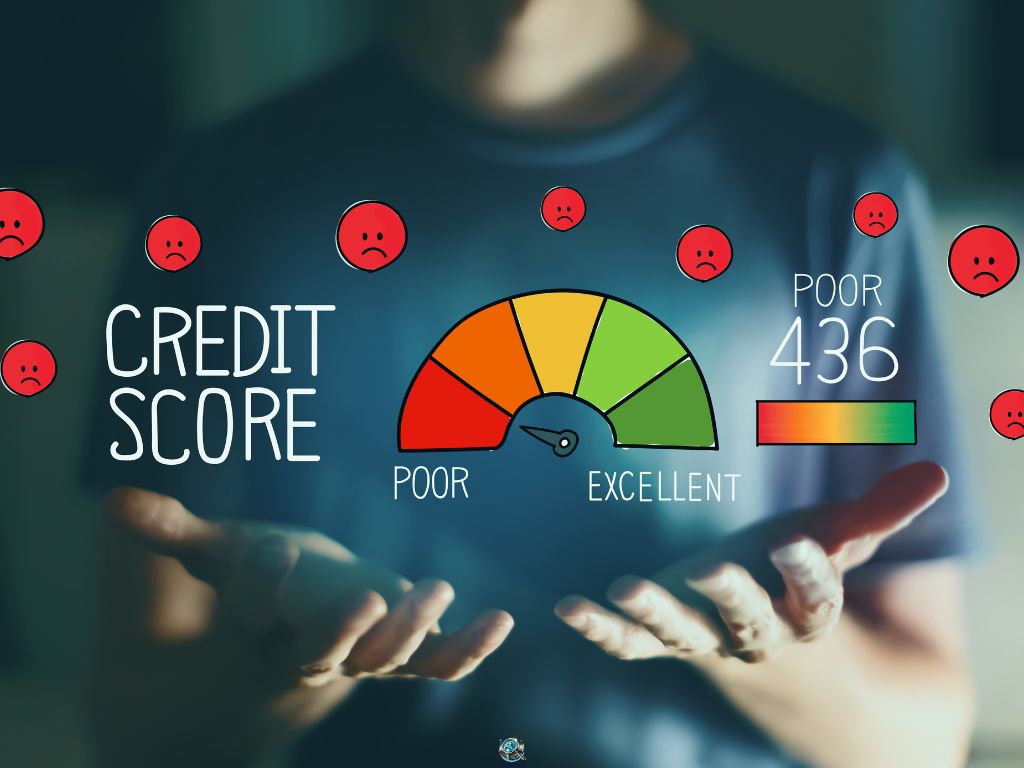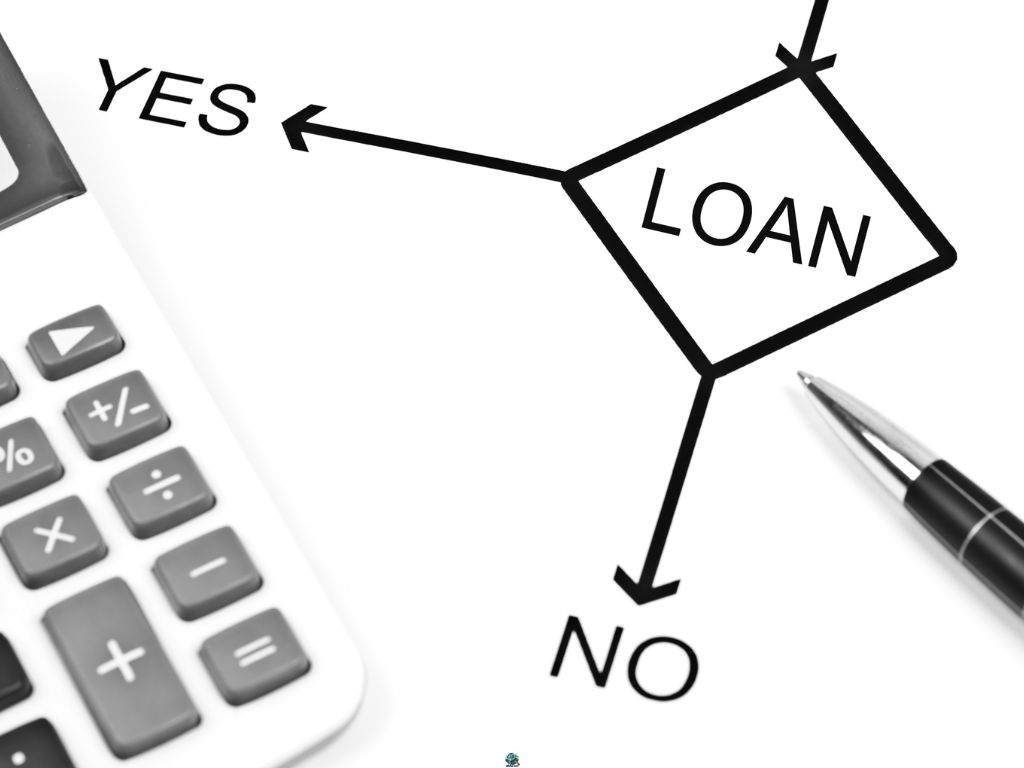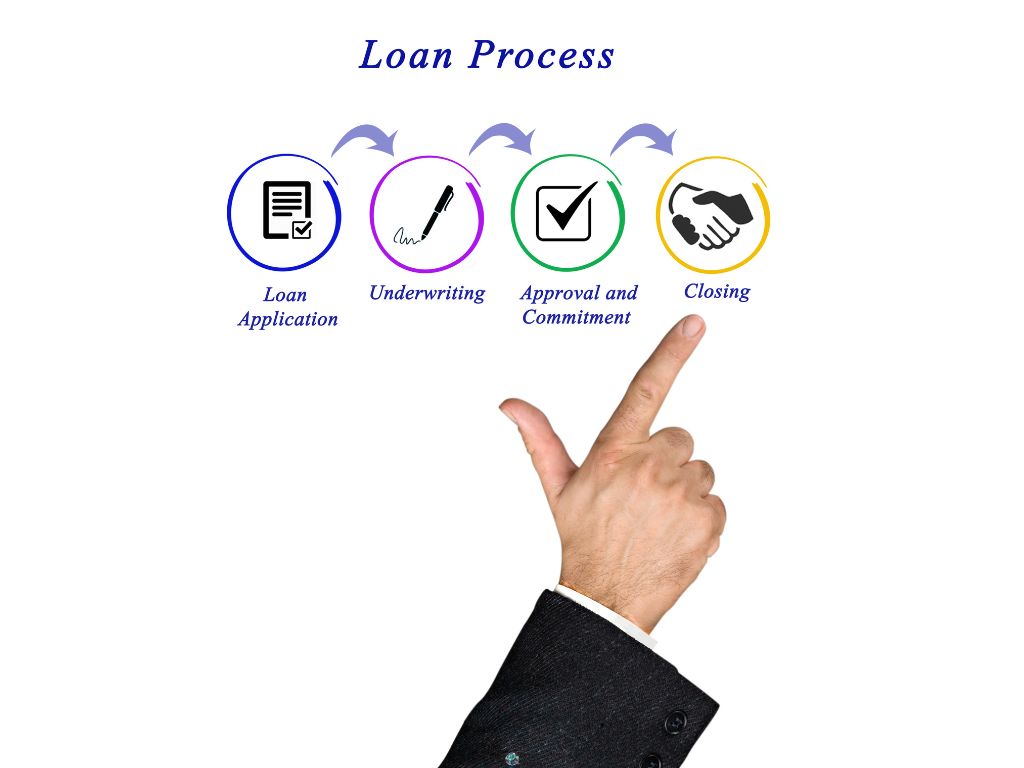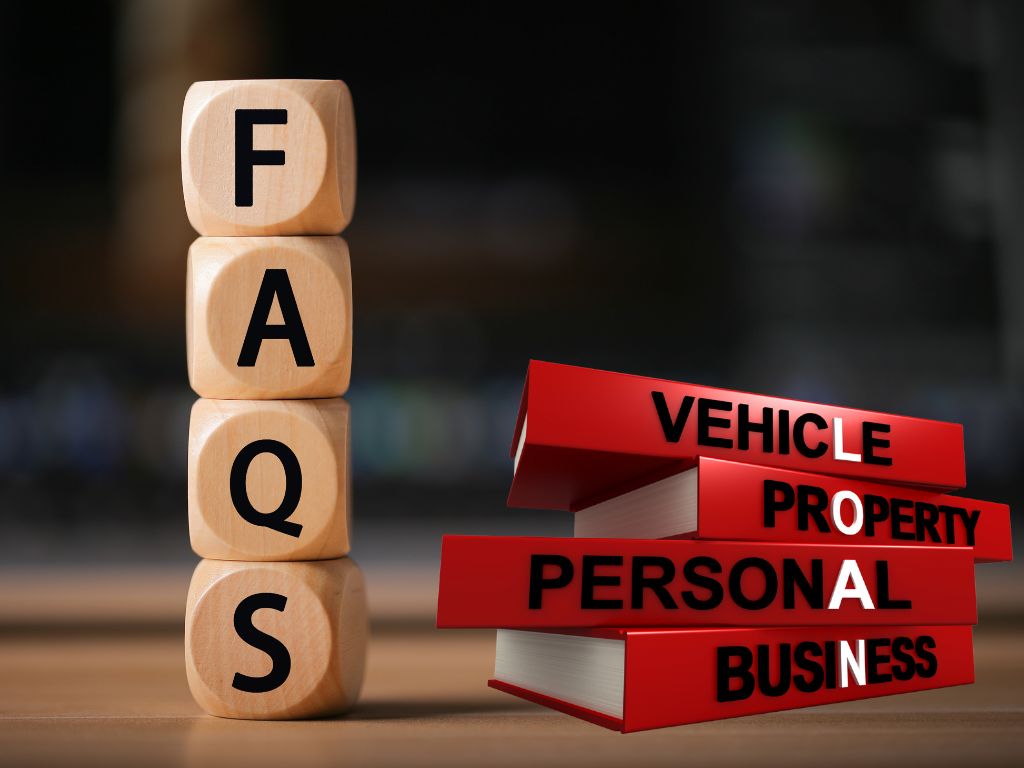Introduction
Getting a loan with bad credit can feel like a dead end especially when you’re faced with high interest rates, limited options, or outright rejections. But in 2025, more lenders are creating products specifically for people with low credit scores.
Whether you need a personal loan, a car loan, or a second chance to rebuild your financial profile, the good news is: you still have options.
In this guide, we’ll break down everything you need to know about bad credit loans, how they work, what to expect, and what you can do to improve your chances of getting approved.
Key Takeaways
- You can get approved for a loan with bad credit in 2025 but expect stricter requirements and higher interest rates.
- Common options include personal loans, auto loans, secured loans, and credit builder loans.
- Lenders are expanding access through online platforms, even for borrowers with sub-600 credit scores.
- Preparation matters income proof, collateral, or a co-signer can significantly improve your approval odds.
- Not all lenders are trustworthy knowing how to spot predatory practices is essential to avoid costly mistakes.
- The right loan can help you rebuild credit if managed properly even if you’re starting with a poor score.
Disclaimer: This site contains affiliate links. If you make a purchase, we may earn a commission at no extra cost to you.

Can You Get a Loan with Bad Credit in 2025?
Yes, even with a low credit score, it’s still possible to get approved for a loan in 2025. While traditional banks may be stricter, many online lenders, credit unions, and alternative finance companies are more flexible when reviewing applications.
Rather than focusing only on your credit score, these lenders often look at:
- Your current income and job stability
- Your recent financial behavior
- Whether you have any collateral (like a vehicle or savings)
- Your ability to repay the loan on time

If you’re earning consistently and can show some financial responsibility, even if your credit score is under 600, you may qualify for:
- Personal loans
- Auto loans
- Secured loans
- Credit-building loans
The key is finding lenders that work with credit-challenged borrowers not against them. And knowing what they’re looking for will help you avoid unnecessary rejections or predatory offers.

🔎 What Lenders Look for When You Have Bad Credit
Even with a low score, lenders consider multiple factors before making a decision. Here’s a breakdown:
| Factor | Why It Matters | How to Strengthen It | Risk if Ignored |
|---|---|---|---|
| Income & Employment | Shows ability to repay | Provide recent pay stubs, bank statements, or benefits proof | Rejection if income seems unstable |
| Debt-to-Income Ratio (DTI) | Measures if debt load is manageable | Pay down small balances to lower DTI | Too much existing debt = denied application |
| Collateral / Down Payment | Reduces lender’s risk | Offer a car title, savings, or larger down payment | Without it, options shrink |
| Recent Financial Behavior | Proves current reliability | Make all payments on time, avoid overdrafts | Late payments or collections = red flag |
| Co-Signer | Adds security for lender | Ask someone with good credit & income | If you default, co-signer’s credit takes the hit |
The stronger you are in even one or two of these areas, the more likely you’ll qualify for a loan—and at better terms.

📊 Types of Loans You Can Get with Bad Credit
Instead of thinking “no one will approve me,” it’s about knowing which loan types are most realistic for bad credit borrowers. Below is a comparison of the most common options, their requirements, and what to watch out for:
| Loan Type | Approval Requirements | Best For | Key Risks |
|---|---|---|---|
| Personal Loans (unsecured) | Steady income, fair DTI, some lenders work with <600 scores | Emergencies, debt consolidation, large expenses | Higher APRs for low scores; fees may apply |
| Auto Loans (subprime lenders) | Down payment, steady income; car serves as collateral | Buying a car, rebuilding credit with on-time payments | Higher interest rates; risk of repossession if default |
| Secured Loans (collateral-backed) | Asset like savings, car title, or home equity | Borrowers with assets but poor credit | Losing collateral if you can’t repay |
| Credit Builder Loans | Proof of income; no strong credit needed | Building or rebuilding credit over time | No immediate cash (funds released after loan is paid off) |
These aren’t one-size-fits-all solutions. If you need cash now, personal or auto loans may fit. If your goal is rebuilding, credit builder loans offer the safest long-term option.


How to Increase Your Chances of Getting Approved for a Loan with Bad Credit
If you’re applying for a loan with bad credit, preparation makes a difference. Even small steps can improve your odds and possibly get you better terms.
Here’s how to strengthen your application before you apply:
1. Review Your Credit Report
Start by pulling your credit reports from all three major bureaus Equifax, Experian, and TransUnion. Look for:
- Errors or outdated information
- Accounts that shouldn’t be there
- Negative marks you can dispute
Correcting even one mistake can improve your score or remove a red flag that could block your approval.
2. Organize Your Income Documentation
Lenders want to see proof that you can repay the loan. Be ready to provide:
- Recent pay stubs or bank statements
- Proof of self-employment income
- Any additional sources of income (like benefits or side gigs)
The more stable and consistent your income looks, the more confident a lender will be.
3. Lower Your Existing Debt (If Possible)
Your debt-to-income ratio (DTI) is a key metric. If you’re close to maxed out on credit cards or loans, try to pay down balances before applying. Even small reductions can improve how your application looks especially if it brings you below key DTI thresholds.

4. Offer Collateral or a Co-Signer
If your credit is too low for unsecured loans, consider:
- A secured loan backed by an asset (like your vehicle or savings)
- A co-signer with better credit who agrees to guarantee the loan
Either option reduces the lender’s risk and increases your chances of getting approved possibly with better terms.
5. Apply Strategically
Don’t apply with every lender you find. Instead:
- Look for lenders who specialize in bad credit or alternative underwriting
- Choose options that offer prequalification with a soft credit check
- Avoid predatory lenders that guarantee approval without reviewing your application
Applying smart means fewer hard inquiries and a better chance of success.
Approval isn’t just about your credit score, it’s about how well you present your full financial picture. With preparation, documentation, and a smart application strategy, you can improve your odds and borrow with more confidence.

What to Expect with Bad Credit Loans in 2025
If you’re applying for a loan with bad credit this year, knowing what to expect can help you avoid surprises and spot unfair terms before you commit.
Here’s what the 2025 lending landscape looks like for borrowers with less-than-perfect credit:
1. Higher Interest Rates Are the Norm
If your credit score is low, you’ll likely pay more in interest than someone with excellent credit sometimes significantly more. Rates for bad credit loans in 2025 typically fall in the 15% to 36% range, depending on the loan type and lender.
That doesn’t mean you shouldn’t borrow but it does mean you need to:
- Compare offers carefully
- Pay close attention to the total repayment cost
- Avoid borrowing more than you truly need
2. Shorter Repayment Terms
Many bad credit loans come with shorter loan terms often 12 to 36 months compared to standard 3- to 5-year options. This helps lenders reduce their risk, but it means higher monthly payments for you.
Tip: Always calculate whether the monthly payment fits your budget, not just whether you can get approved.
3. More Online Lenders Specializing in Subprime Borrowers
Traditional banks may still decline your application, but fintech lenders and credit unions are filling the gap. These digital-first companies use alternative data and flexible underwriting to evaluate borrowers more fairly.
Expect faster decisions, more transparency, and in many cases, less paperwork as long as you stick to reputable providers.

4. Stricter Verification, But Better Tools
Lenders are tightening up fraud prevention and income verification which means you’ll likely need to upload more documentation or connect a bank account during the application process.
But these same tools can work in your favor. Real-time data allows lenders to approve more applicants quickly — even if their credit score isn’t perfect.
In 2025, bad credit doesn’t lock you out of borrowing but it does come with trade-offs. Expect higher rates, shorter terms, and more detailed verification. The upside? There are more lenders than ever willing to give you a fair shot, if you’re prepared.

Watch Out for Predatory Lenders
Not all lenders who work with bad credit borrowers have your best interest in mind. Some target financially vulnerable people with high fees, misleading terms, or impossible repayment conditions.
Here’s how to spot the warning signs and how to protect yourself.
1. Red Flags to Watch For
Avoid lenders that show any of these behaviors:
- “Guaranteed approval” with no credit or income check
- Upfront fees just to apply or “hold your spot”
- Interest rates well above 36% APR (often the legal cap for personal loans in many states)
- Vague terms, unclear repayment schedules, or no written agreement
- Pressure to sign immediately without time to review the details
2. How to Vet a Lender Safely
Before you move forward, take these steps:
- Check for licensing make sure the lender is registered in your state
- Look up reviews on third-party sites (not just testimonials on their own page)
- Search their name along with the word “scam” or “complaints”
- Read the fine print — especially around fees, penalties, and repayment rules
- Use resources like the Consumer Financial Protection Bureau (CFPB) or Better Business Bureau (BBB) to see if there are open investigations or repeated complaints
3. Stick With Known or Reputable Platforms
If you’re unsure where to start, look for lenders that:
- Offer prequalification with no hard credit pull
- Are transparent about interest rates and repayment terms
- Are reviewed on trusted financial sites (like NerdWallet, Bankrate, or Credit Karma)
Even if your credit is low, you should never feel forced into a loan or confused about the terms.
There’s a difference between a lender that charges higher rates due to risk and one that takes advantage of it. The more informed you are, the easier it is to spot a bad deal and walk away.

🚫 Common Mistakes with Bad Credit Loans
Many borrowers focus only on getting approved and overlook the long-term impact. Avoiding these mistakes can save you from higher costs and deeper financial trouble.
| Mistake | Why It Hurts | Better Approach |
|---|---|---|
| Taking the first approval you see | Predatory lenders target desperation with hidden fees | Compare at least 2–3 lenders using prequalification |
| Borrowing more than you need | Higher monthly payments and more interest over time | Calculate the exact amount needed to cover your expense |
| Ignoring the APR and fees | Small origination or late fees can add hundreds to your loan | Always review APR + all fees before signing |
| Skipping secured or co-signed options | Limits your choices and raises costs | Consider collateral or a co-signer to improve terms |
| Falling for “guaranteed approval” ads | Often scams or predatory lenders | Stick to regulated lenders who verify income responsibly |
Key takeaway: Bad credit doesn’t mean no options—but rushing, skipping research, or trusting the wrong lender can make your situation worse. Treat every loan as a stepping stone to rebuild, not just a short-term fix.
Conclusion
Getting approved for a loan with bad credit isn’t always easy but it’s far from impossible. In 2025, more lenders are offering flexible loan options designed for people with imperfect credit histories.
Whether you’re looking for a personal loan, financing for a car, or a way to rebuild your credit over time, the key is preparation. Know your credit report, organize your documents, compare offers carefully, and avoid lenders that promise too much without asking enough.
The right loan won’t just help you get the funds you need, it can also be a stepping stone toward stronger credit and more financial freedom in the future.
For a breakdown of the best personal loans for bad credit, read this next.

Frequently Asked Questions About Loans with Bad Credit
1. Can I get a loan with a 500 credit score?
Yes. While traditional banks may decline, some online lenders, credit unions, and auto loan providers specialize in borrowers with scores in the 500–579 range. Expect higher interest rates and stricter terms, but income stability and collateral can improve your odds.
2. What is the easiest loan to get with bad credit?
Secured loans (backed by collateral like a car or savings account) and credit builder loans are often the easiest to qualify for. Auto loans from subprime lenders may also approve applicants with poor credit, though terms vary.
3. Are there guaranteed approval loans for bad credit?
No legitimate lender offers “guaranteed approval.” Every lender will verify your income or ability to repay. Ads promising guaranteed approval are usually scams or predatory offers.
4. How much can I borrow with bad credit?
Most bad credit loans range from $500 to $10,000 depending on the lender, your income, and whether collateral or a co-signer is involved. Higher amounts usually require secured loans.
5. Will taking a bad credit loan hurt my credit score?
Not if managed properly. A hard inquiry may lower your score slightly at first, but making on-time payments can help rebuild your credit over time. Missed payments, however, will cause further damage.
6. How can I improve my chances of getting approved?
- Prequalify with multiple lenders (soft credit checks don’t affect your score)
- Lower your debt-to-income ratio by paying down balances
- Provide proof of steady income
- Add a co-signer or offer collateral if possible
7. Is it safer to borrow from a credit union or an online lender?
Credit unions are often safer and may offer Payday Alternative Loans (PALs) with capped interest rates. However, many reputable online lenders also serve bad credit borrowers fairly. Always check licensing, reviews, and terms before committing.
8. What are the red flags of predatory loans for bad credit?
- Upfront fees before funding
- Interest rates above 36% APR
- Vague repayment terms
- Pressure to sign immediately
- Promises of “no credit check” with guaranteed approval
9. Can I get a loan with bad credit if I’m unemployed?
It’s possible, but you’ll need proof of alternative income such as unemployment benefits, disability payments, freelance income, or financial support from a partner. Lenders need to see a repayment source.
10. What’s the best type of loan with bad credit if I want to rebuild my score?
A credit builder loan or a secured loan (if you can afford it) is best for rebuilding. These products report to credit bureaus and can help you establish a stronger history if managed responsibly.
0 Comments